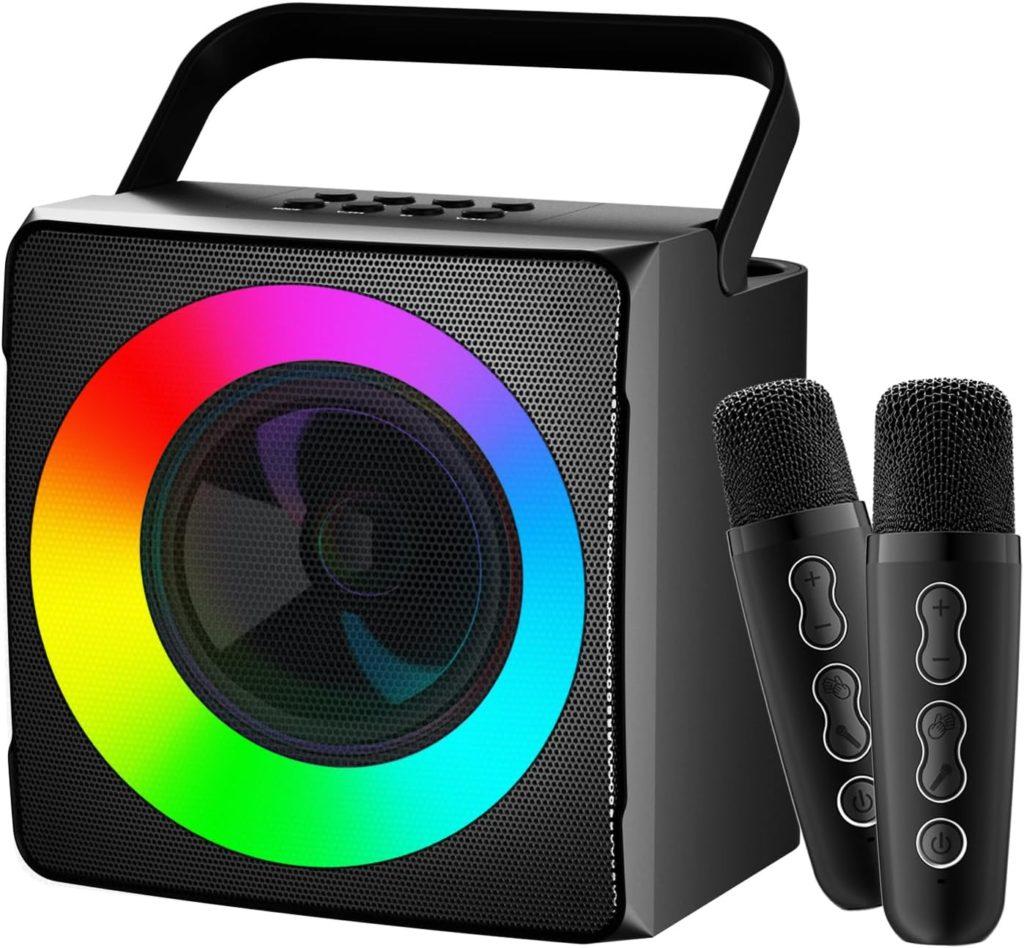
The violin typically has four strings, usually tuned in perfect fifths with notes G, D, A, E, and is most commonly played by drawing a bow across its strings. It can also be played by plucking the strings with the fingers (pizzicato) and, in specialised cases, by striking the strings with the wooden side of the bow (col legno).
Violins are important instruments in a wide variety of musical genres. They are most prominent in the Western classical tradition, both in ensembles (from chamber music to orchestras) and as solo instruments. Violins are also important in many varieties of folk music, including country music, bluegrass music and in jazz. Thank you Mumford & Sons, Bellowhead…..and for older musicians, Dexy’s and anything produced by Phil Spector!!
Electric violins with solid bodies and piezoelectric pickups are used in some forms of rock music and jazz fusion, with the pickups plugged into instrument amplifiers and speakers to produce sound. The violin has come to be incorporated in many non-Western music cultures, including Indian music and middle-Eastern music. The name fiddle is often used regardless of the type of music played on it.
Violinists and collectors particularly prize the fine historical instruments made by the Stradivari, Guarneri, Guadagnini and Amati families from the 16th to the 18th century in Brescia and Cremona (Italy).
Starter for Ten
So here’s some more interesting facts about the violin, especially handy if you are a ‘phone-a-friend’ on Who Wants to be a Millionaire!!
- The modern violin has been around for roughly 500 years. It was said to have been designed in the 1500’s by Andrea Amati.
- Playing the violin burns approximately 170 calories per hour. Forget about your workout and start practising harder!
- Violins are typically comprised of spruce or maple wood.
- Violins come in many different sizes. Typically, students will start learning violin at a young age with a 1/16 or 1/8 size violin. As the student ages they will graduate up to a full-sized violin.
- Violins are very complex. Over 70 different pieces of wood are put together to form the modern violin.
- The word violin comes from the Medieval Latin word vitula, meaning stringed instrument, and graduated into the family of Viols.
- The world record in cycling backwards playing a violin is 60.45 kilometres in 5 hours 8 seconds. Why….no, I don’t know either!
- The most expensive violin in the world was made by Giuseppe Guarneri in 1741. This extravagant violin was appraised with a value of $18 million.
- Violin bows typically contain 150 to 200 hairs. They can be made up of a variety of materials including nylon and horse hair.
- Violin strings were first made of sheep gut (commonly known as catgut), which was stretched, dried, and twisted. Other materials violin strings have been made out of include: solid steel, stranded steel, or various synthetic materials, wound with various metals, and sometimes plated with silver.
Bonus Fact
Normans Musical Instruments provide the greatest value-for-money range of violins you could wish for!
Source link






